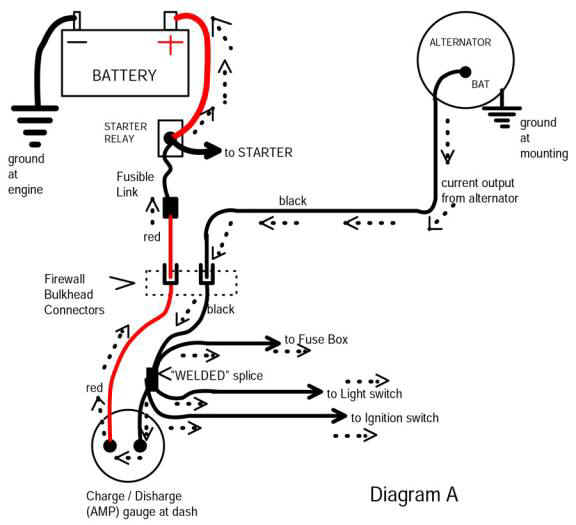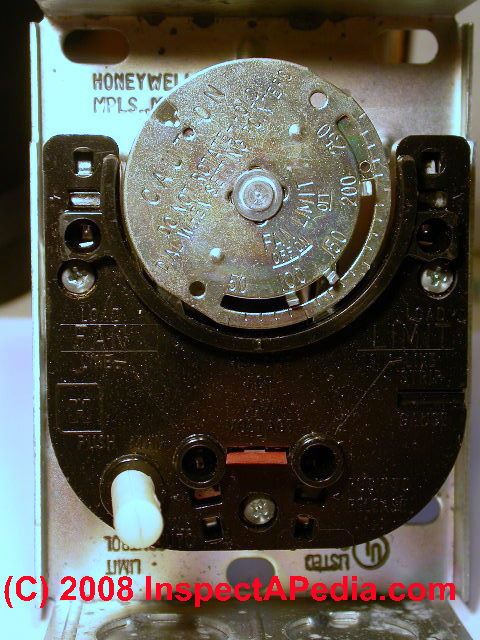73 gld dstr
Member
Hey y'all
The other day I went to start my car and saw smoke coming out of the hood so I immideatly unhooked my ground and found out that my fusible link by the bulkhead connector had melted. All I know it the wire comes off the starter relay, goes through the fusible link and bulkhead connector, goes to the ammeter, then goes back through the bulkhead connector and to the alternator. Should I buy a connector and replace it or have someone look at it? My brother says they are notorious for going bad (especially being 40 years old) haha
Thanks!
Corey
P.S it's a 73 Duster with a 318
The other day I went to start my car and saw smoke coming out of the hood so I immideatly unhooked my ground and found out that my fusible link by the bulkhead connector had melted. All I know it the wire comes off the starter relay, goes through the fusible link and bulkhead connector, goes to the ammeter, then goes back through the bulkhead connector and to the alternator. Should I buy a connector and replace it or have someone look at it? My brother says they are notorious for going bad (especially being 40 years old) haha
Thanks!
Corey
P.S it's a 73 Duster with a 318



















